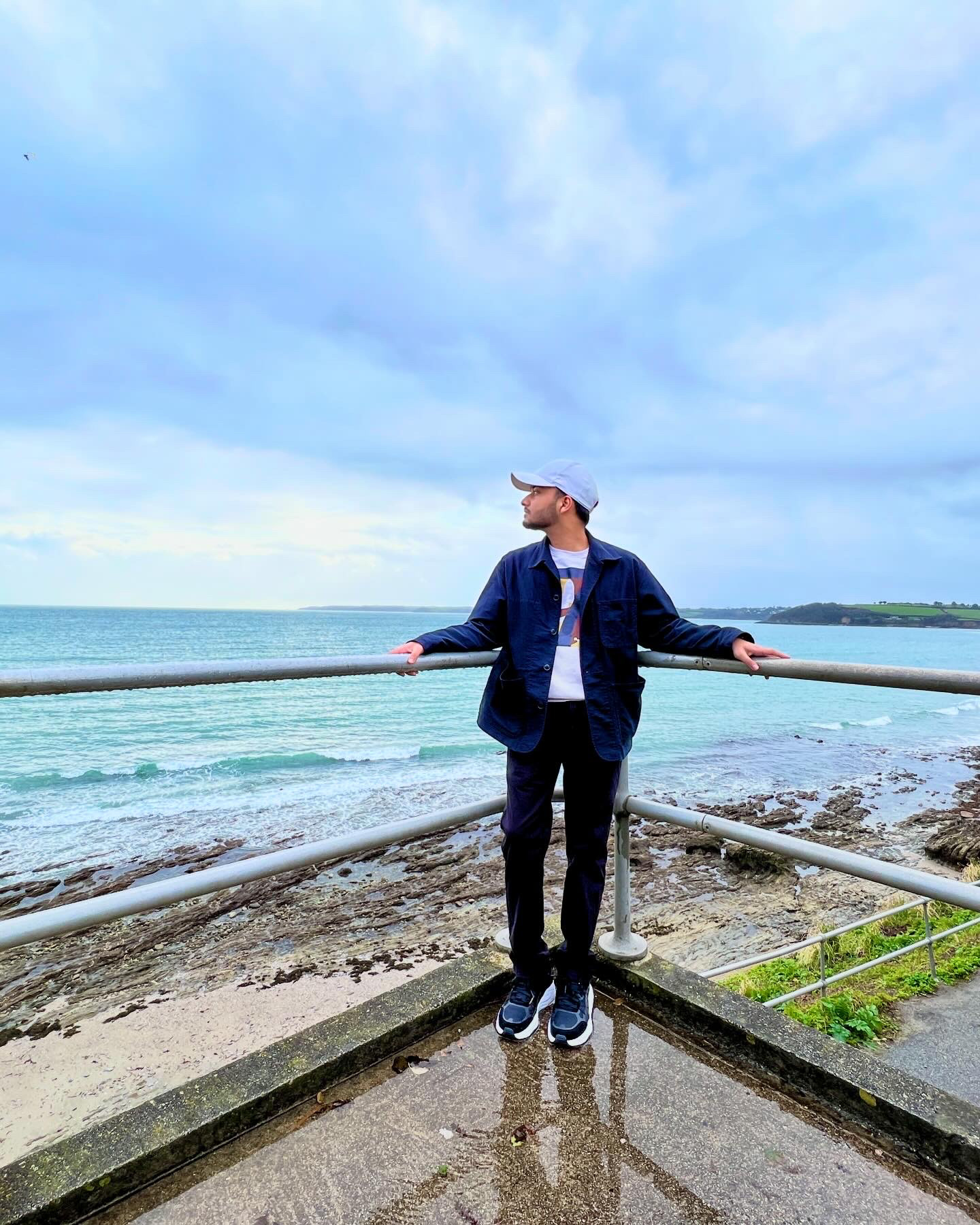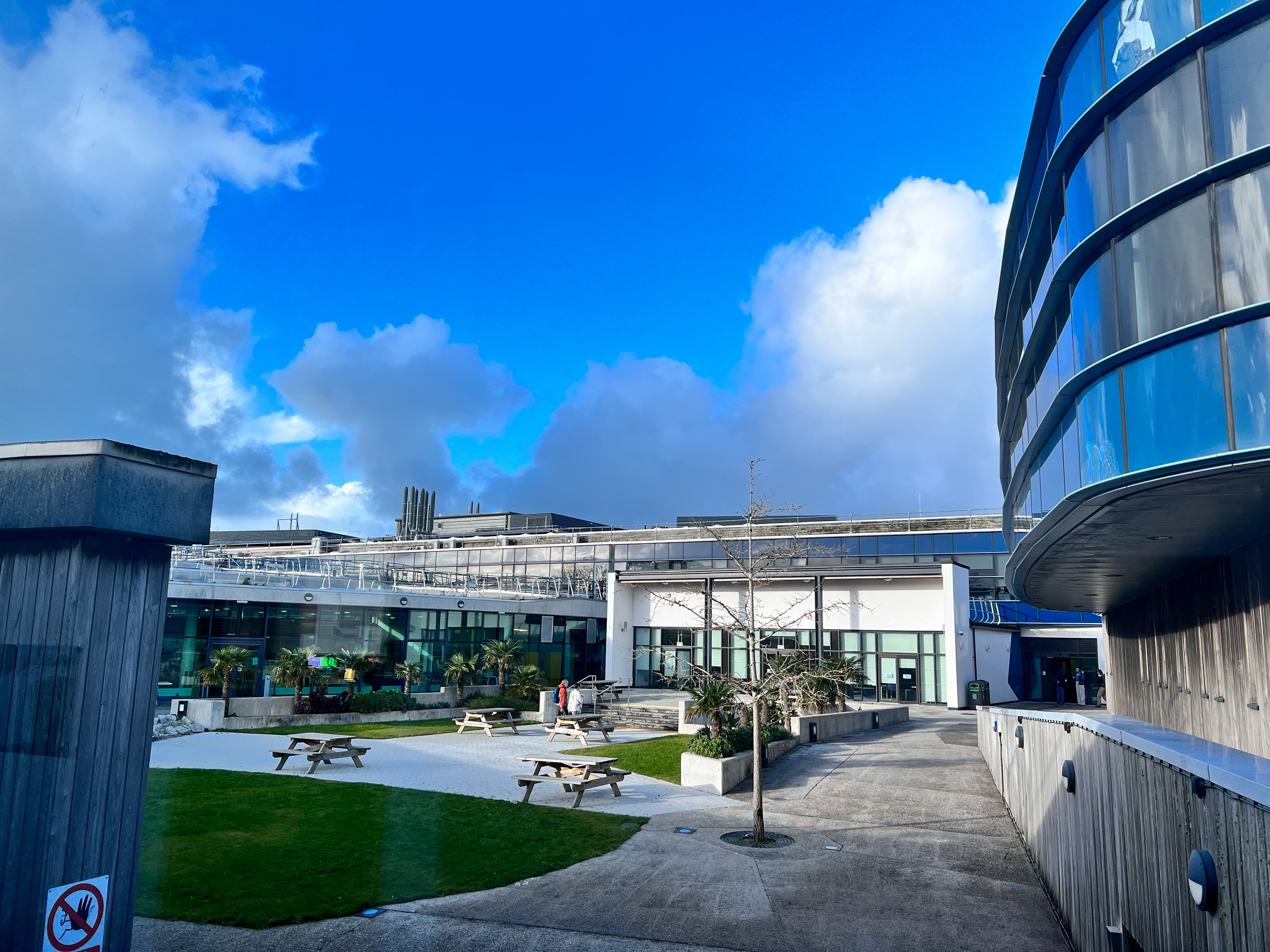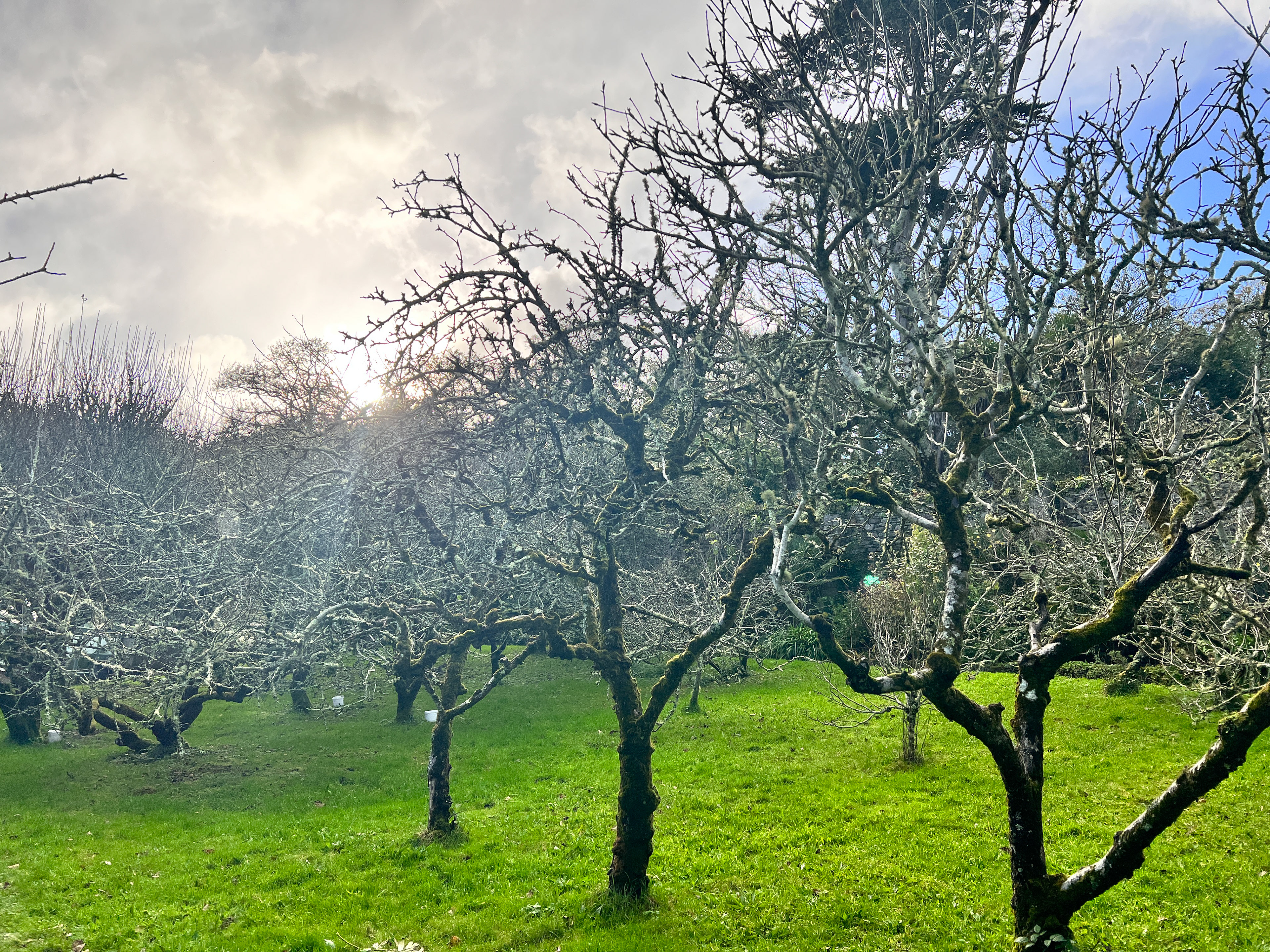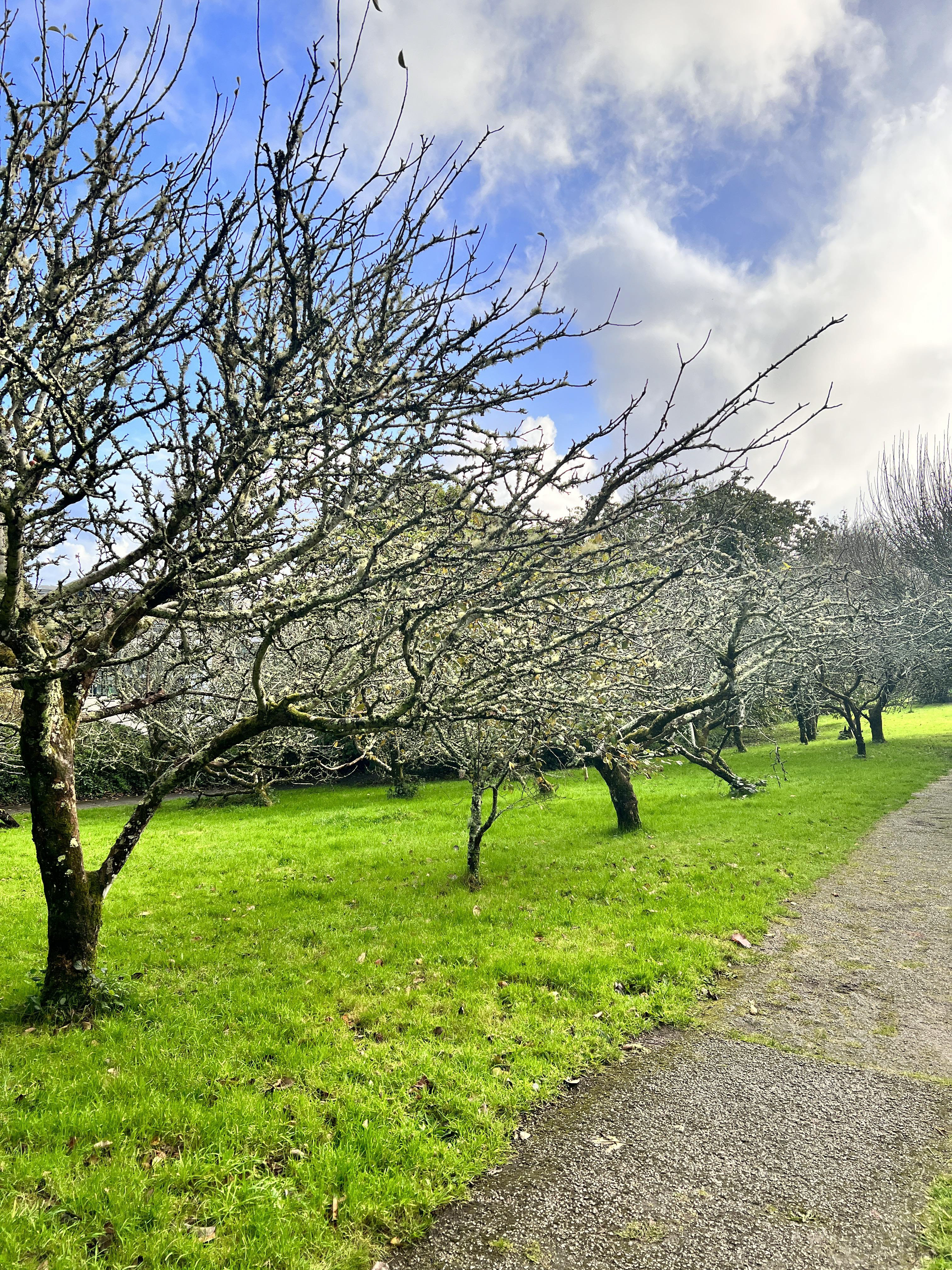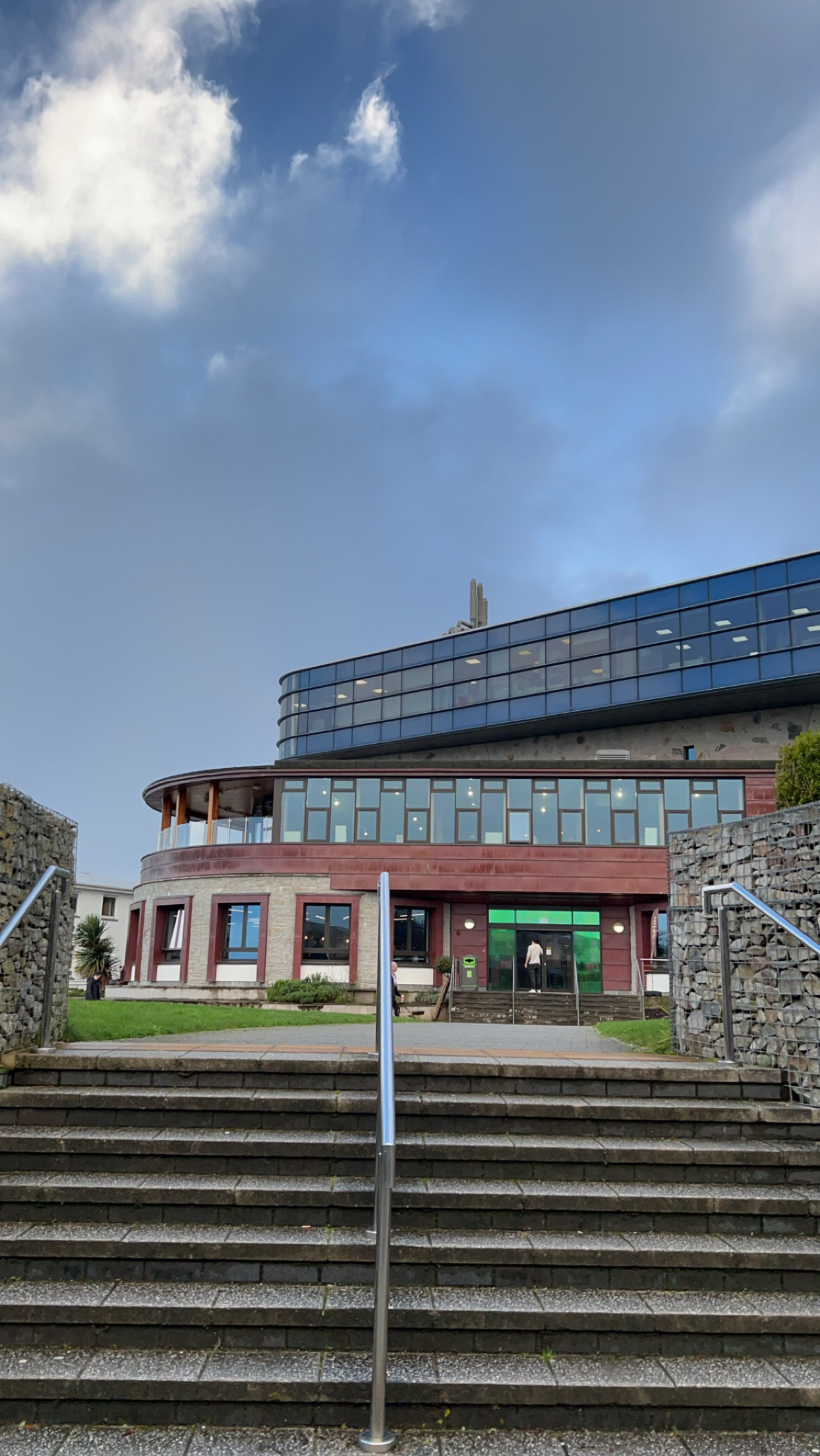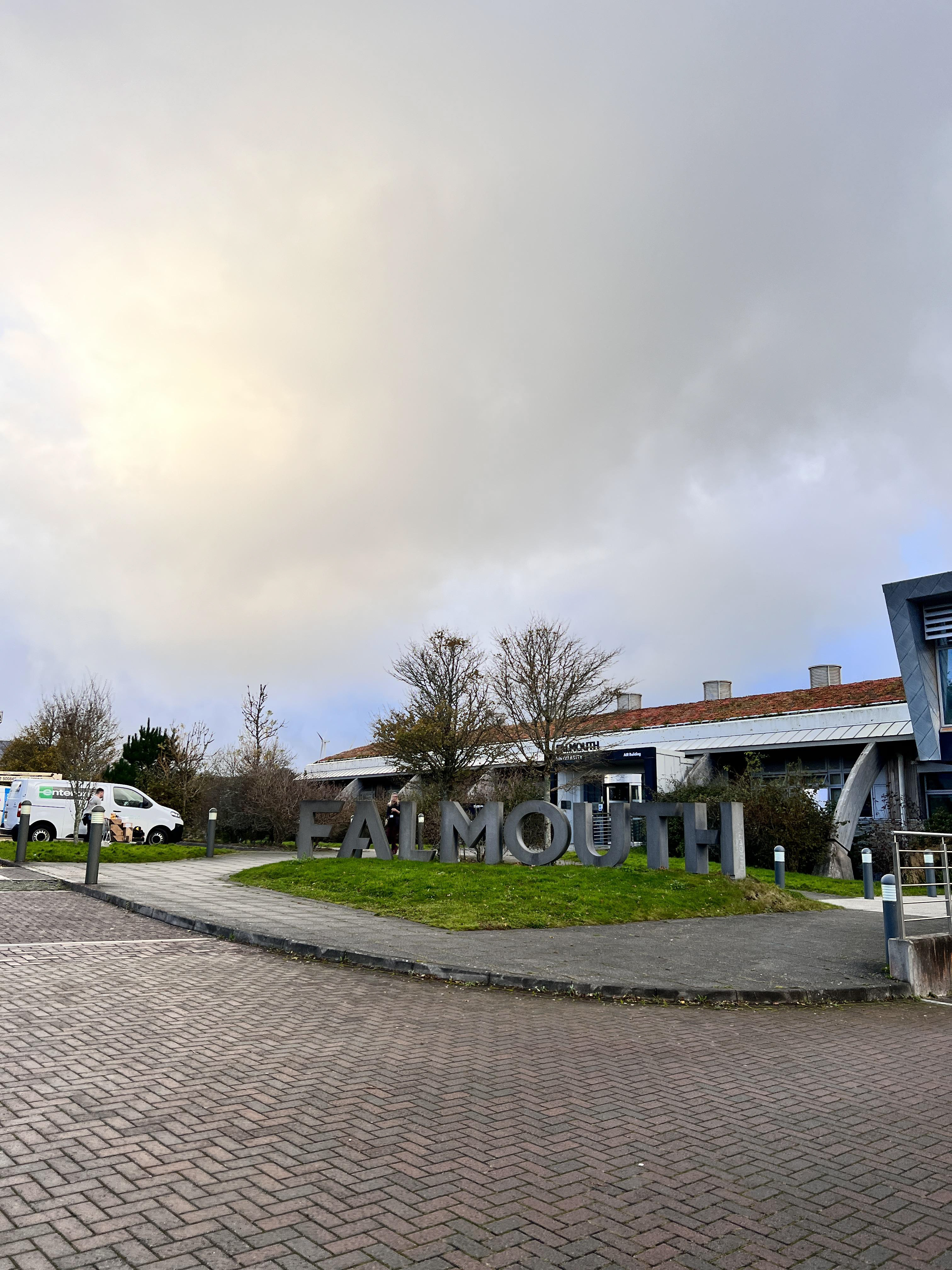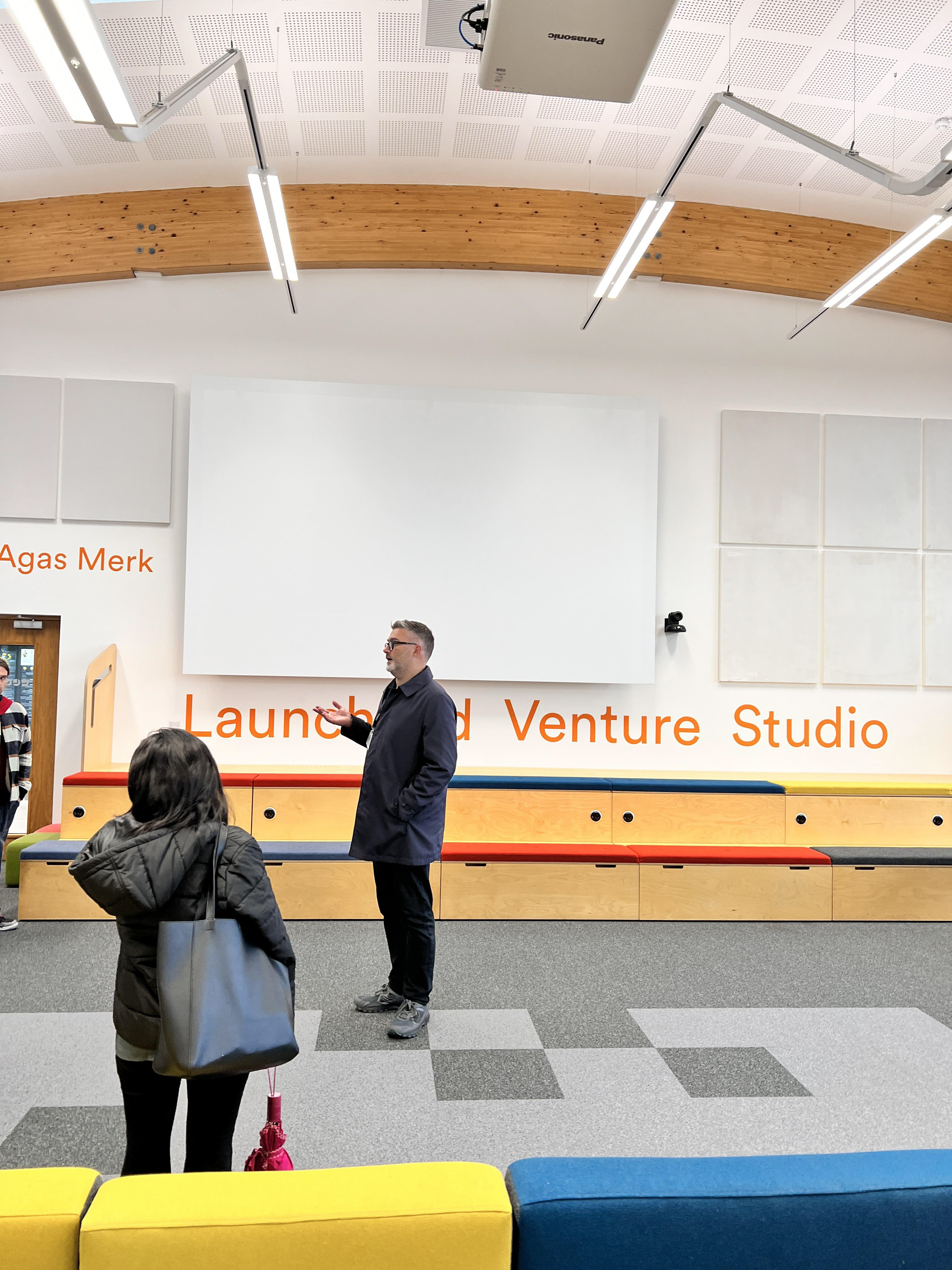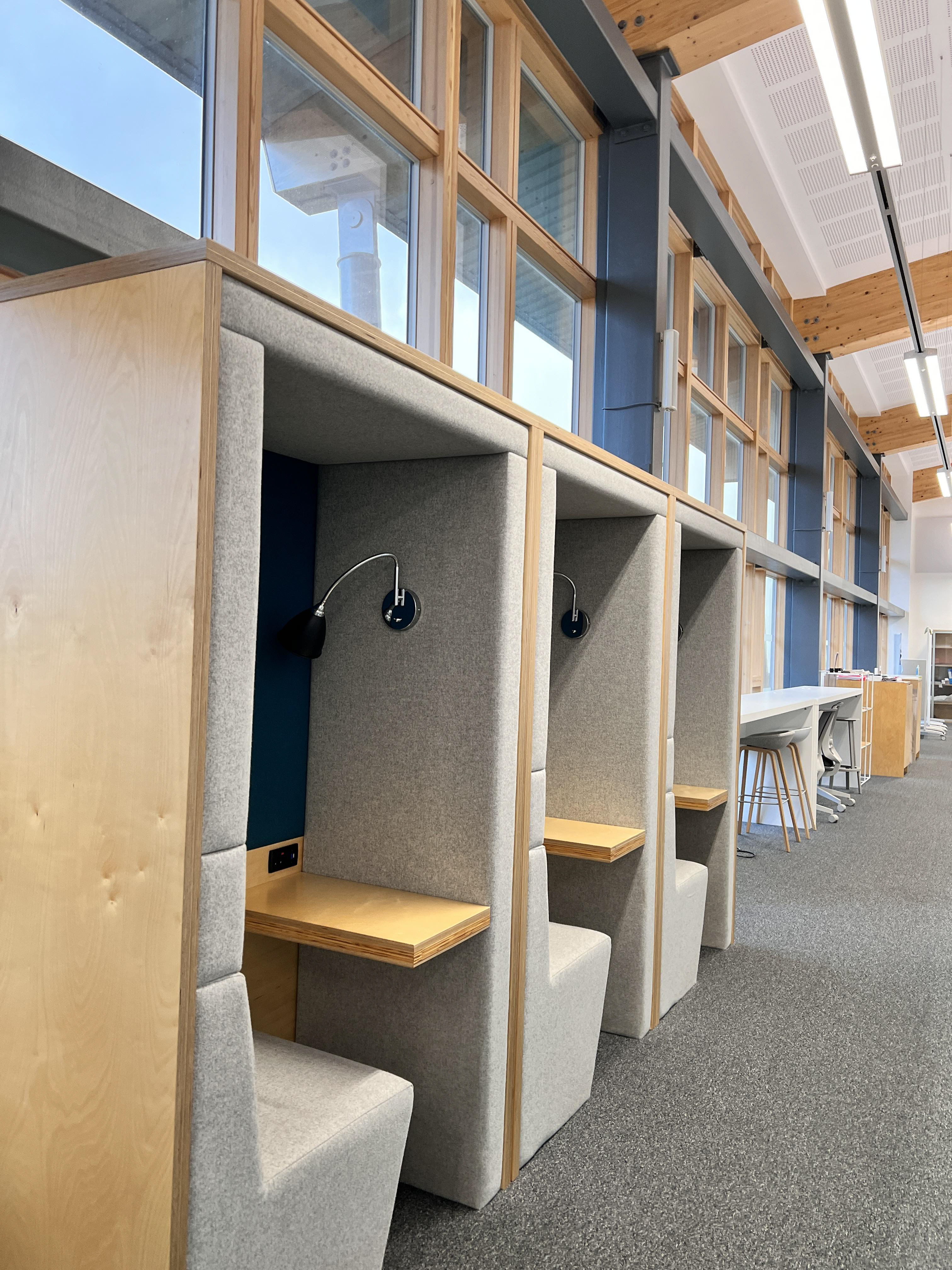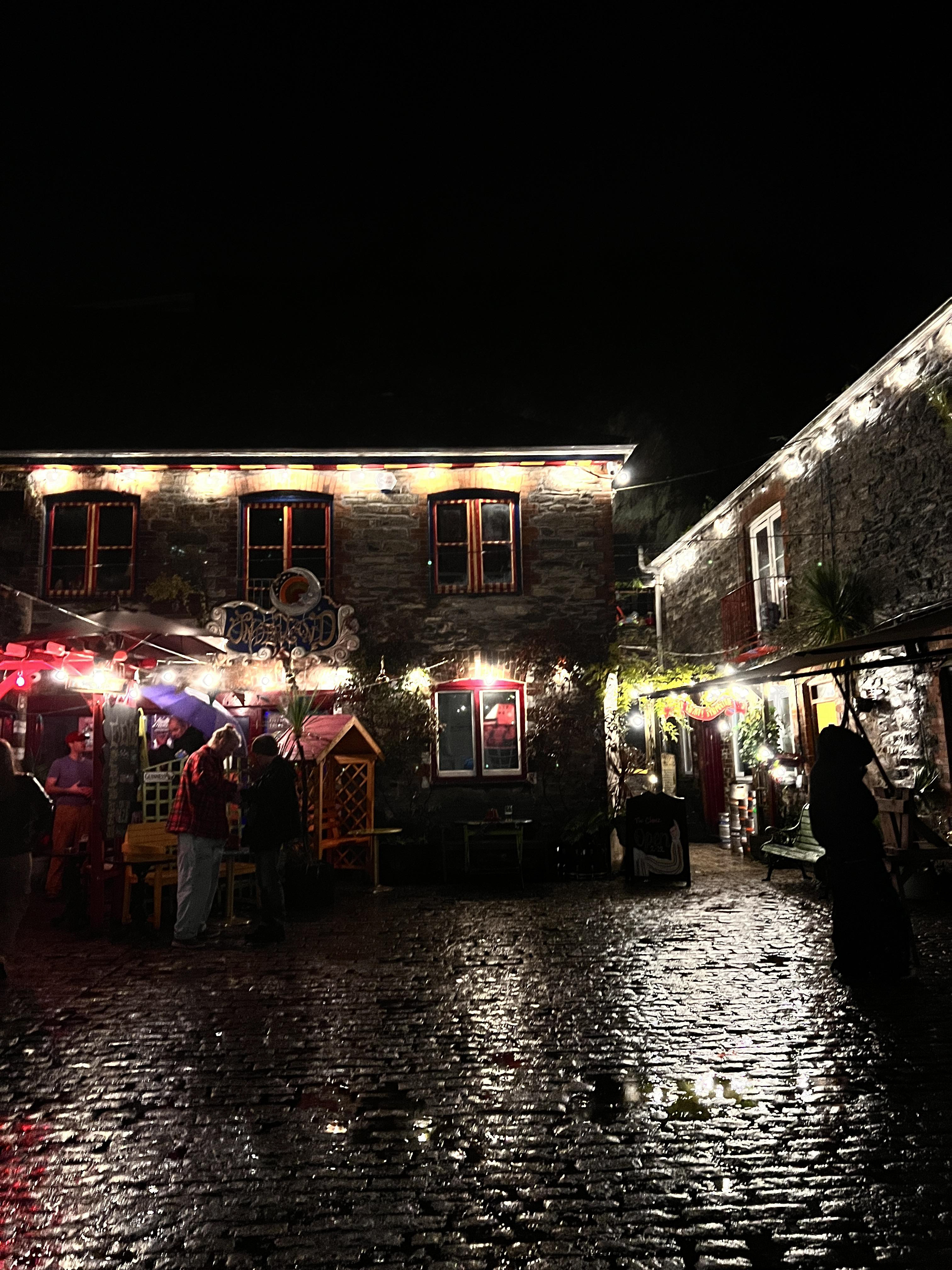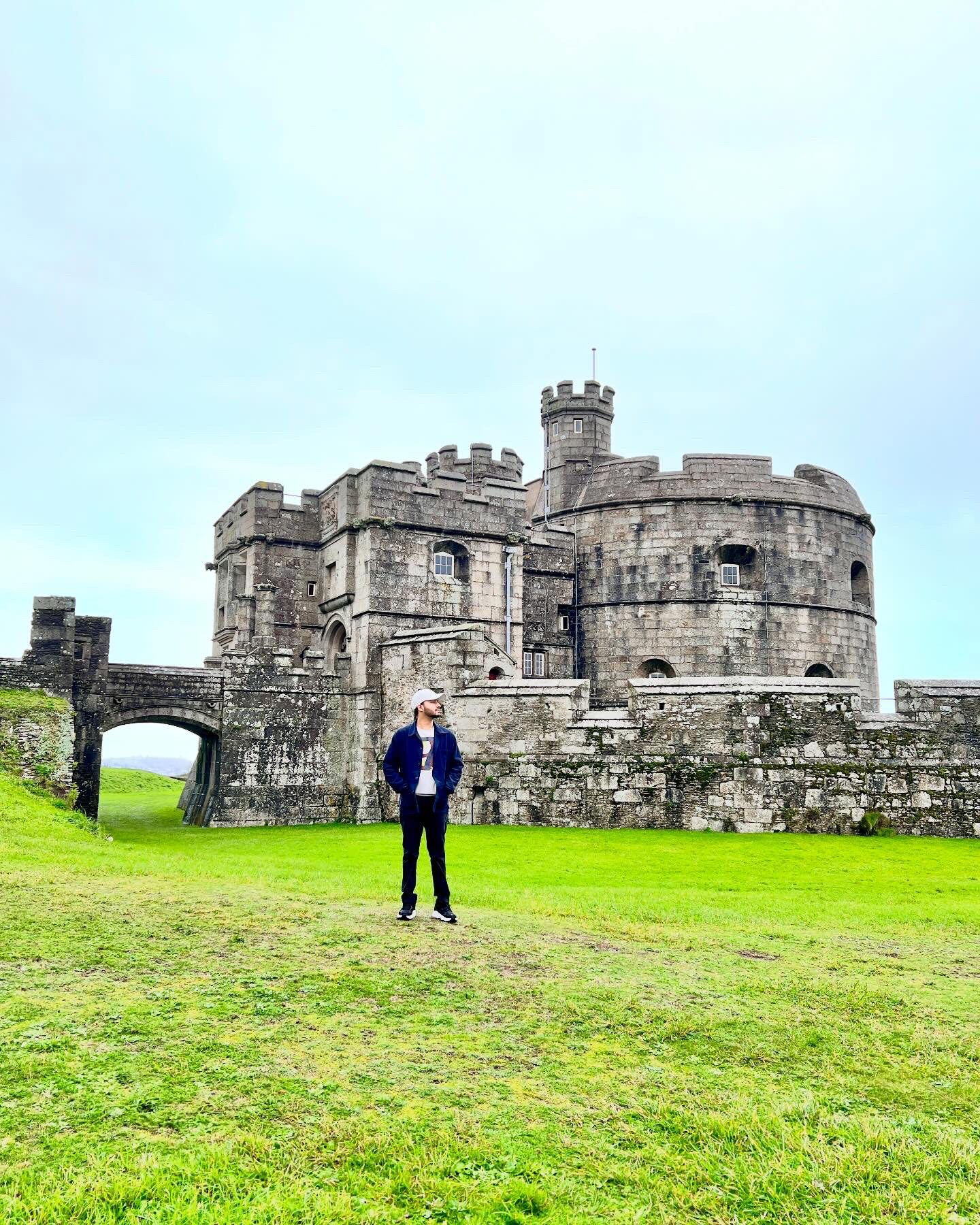Jazzy Olive Workshop
What was asked
The initial phase of the intersections module commenced with an enlightening two-day group project led by Jazzy Olive. Each group was assigned a designated individual considered an expert in invisible disabilities. Our initial task involved conducting interviews with our assigned experts to gain insights into their experiences and the challenges they encounter in their workplace due to their specific invisible disabilities. Subsequently, we were required to chart out these challenges and choose one that personally resonated with us. Following this, we employed various design methodologies, such as COM-B, to delve into the specifics of the identified problem and determine potential points of intervention. The ultimate goal was to develop a solution that is both appropriate and attainable.
What we did
Our actions involved conducting an interview with our designated expert in invisible disabilities. Subsequently, we engaged in a brainstorming session to pinpoint a specific challenge faced by Nic in her workplace and endeavored to devise a solution. We identified the issue of her lacking a community or social support both at work and in her personal life, as she had no connections with individuals facing similar challenges. Our proposed solution was an application named "Heard" with the tagline "be heard, join the herd." This app aims to connect individuals with similar hearing impairments, providing event suggestions and facilitating gatherings with their 'herd' and other similar groups. Additionally, the app features a resources page tailored for both the hard of hearing and their allies. This page offers valuable resources for implementing workplace or home adjustments.
The communication support technology integrated into the app includes hearing loops, headphones, and enhanced app accessibility. Furthermore, we curated resources specifically designed to support hard-of-hearing staff and facilitate effective communication with employees who are hard of hearing.
What I learned
Through the intersections module workshop, I gained valuable insights into addressing challenges faced by individuals with invisible disabilities in the workplace. The workshop, led by Jazzy Olive, involved a comprehensive two-day group project that required us to interview experts in invisible disabilities. This hands-on experience enabled me to understand the unique struggles these individuals face. By employing design methodologies we honed in on a specific challenge – the lack of community and social support for someone like Nic in her workplace. Our collaborative effort resulted in the conceptualization of the "Heard" application, aimed at connecting people with similar hearing impairments, providing event suggestions, and fostering a sense of community. The workshop not only expanded my knowledge of invisible disabilities but also equipped me with practical skills in problem-solving and designing inclusive solutions.
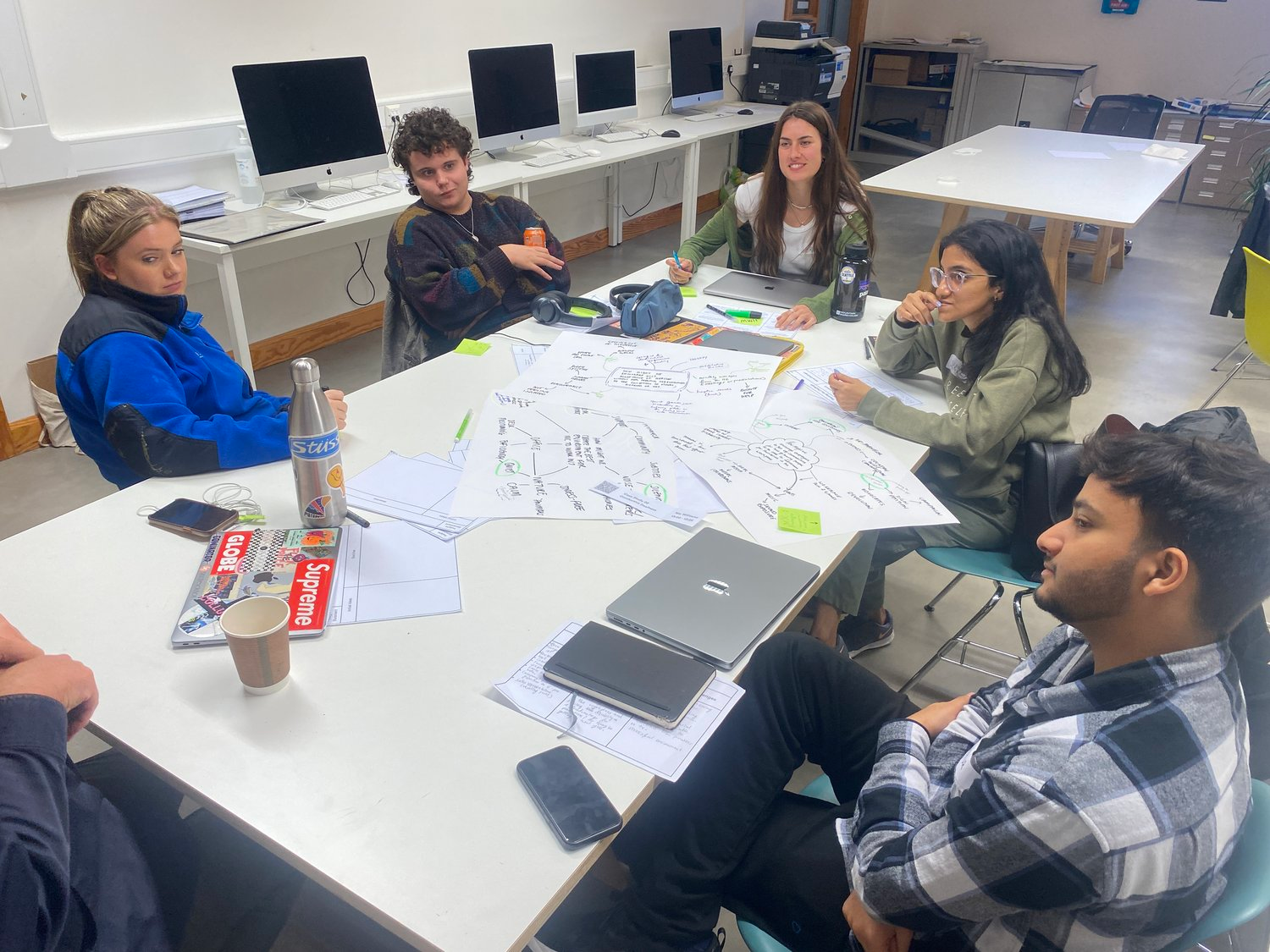
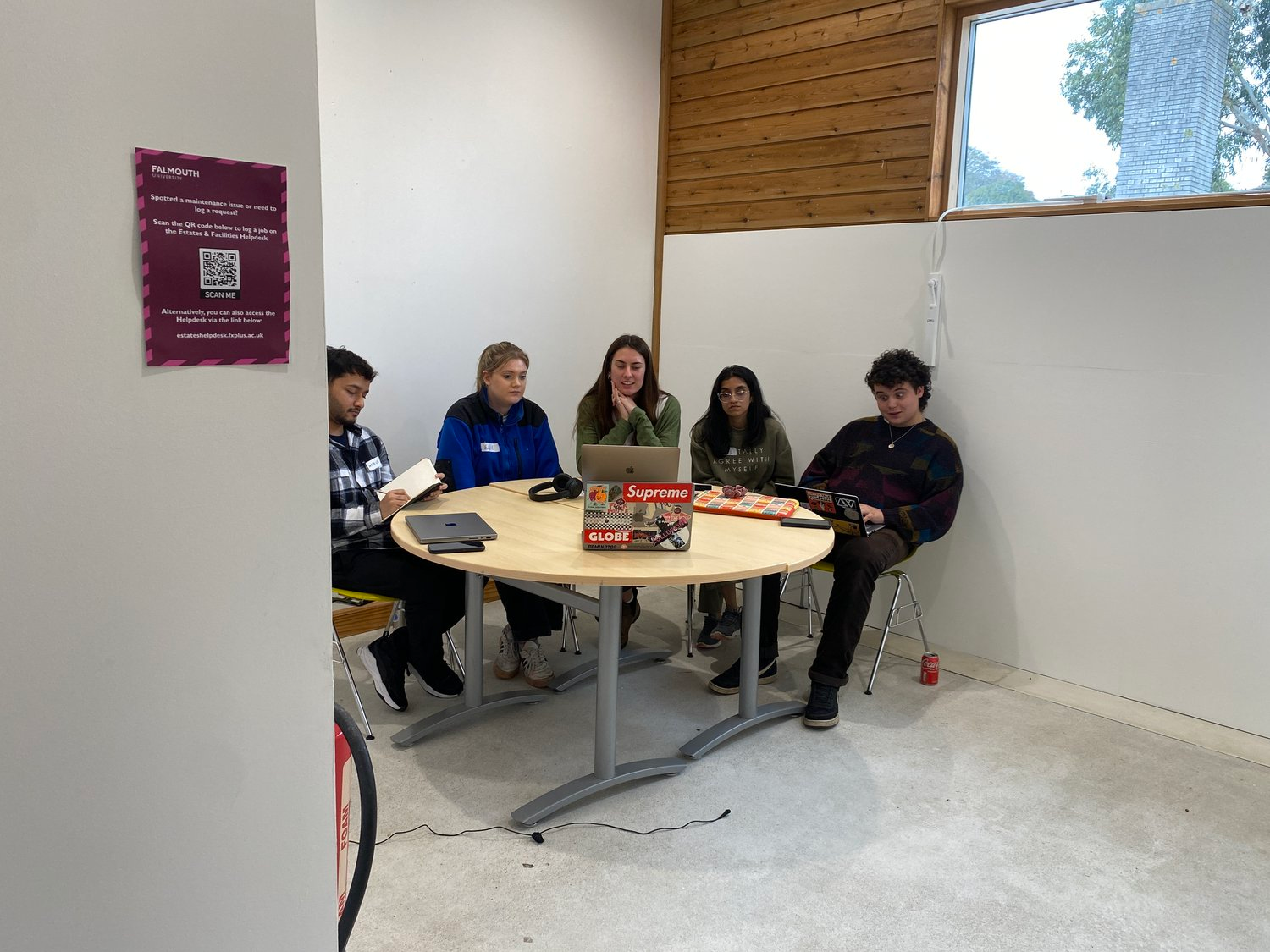
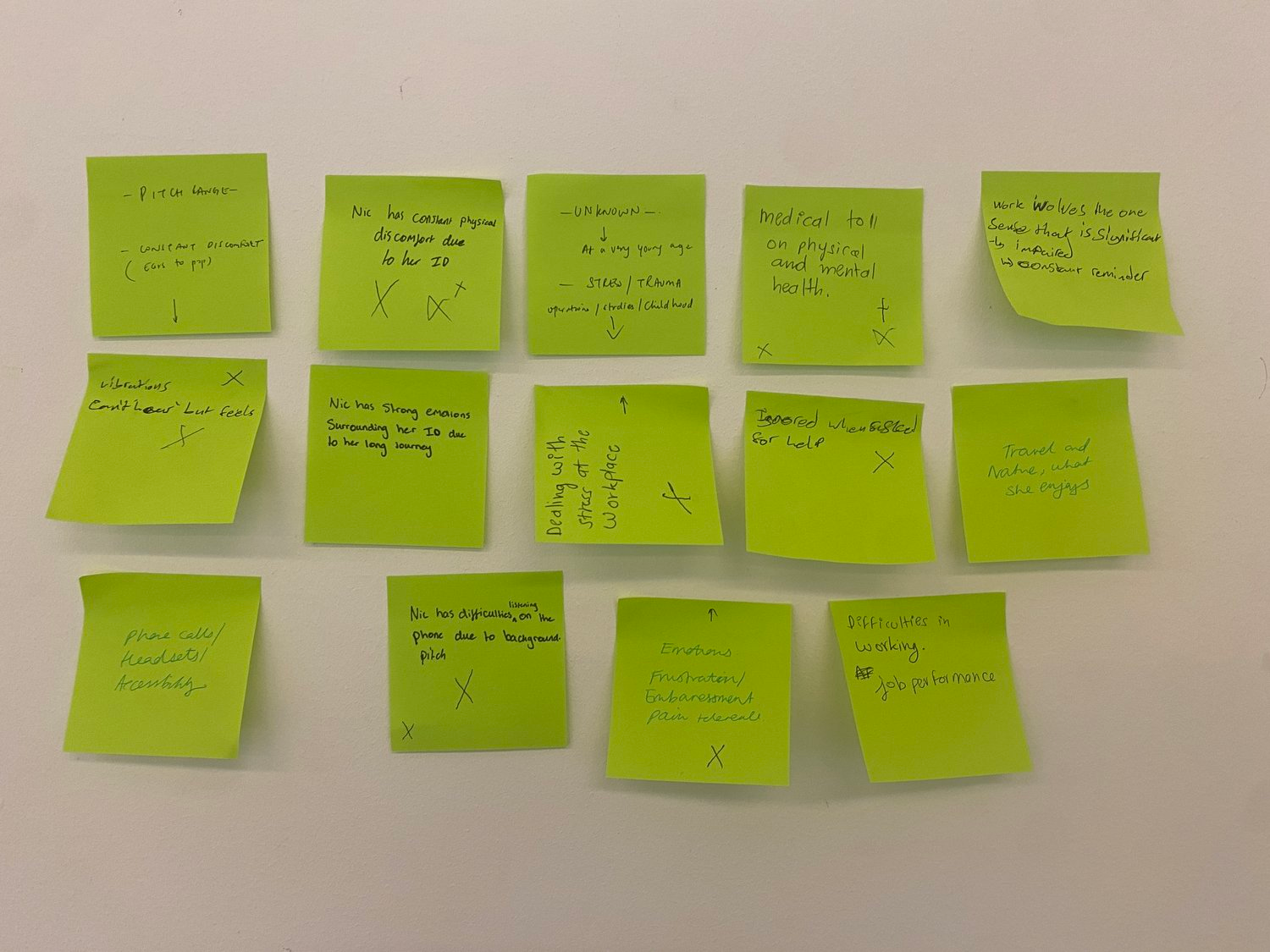
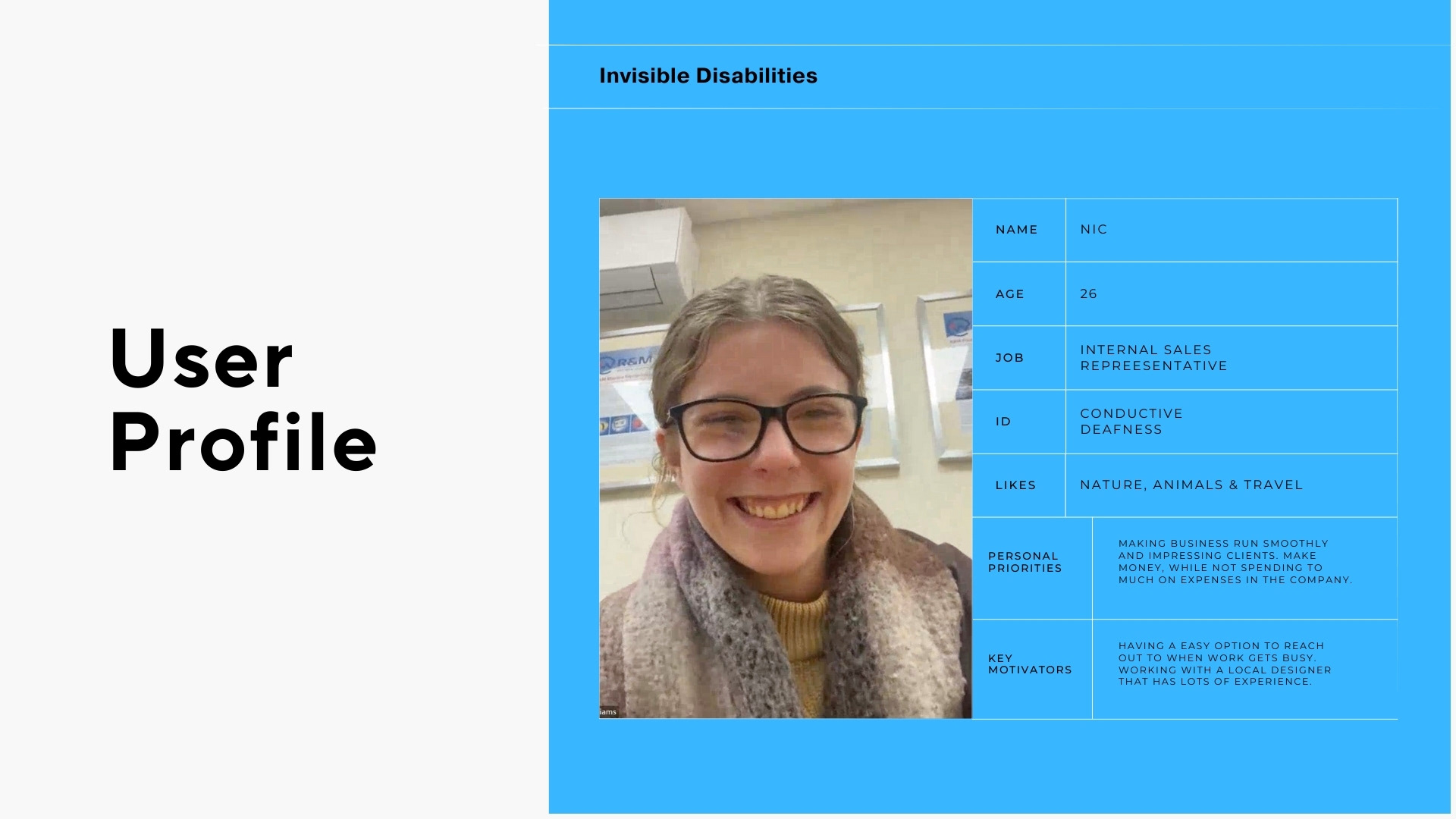
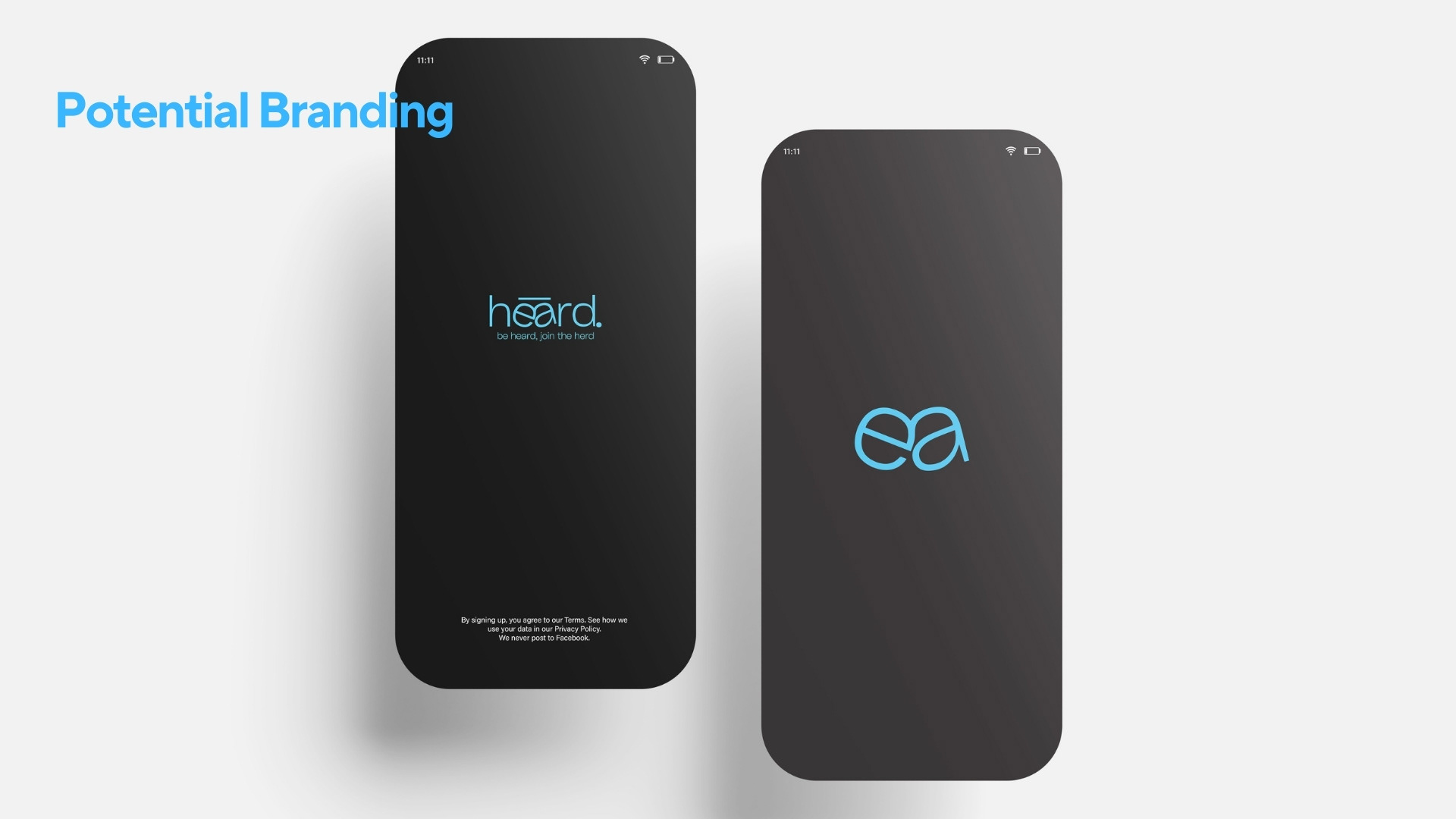
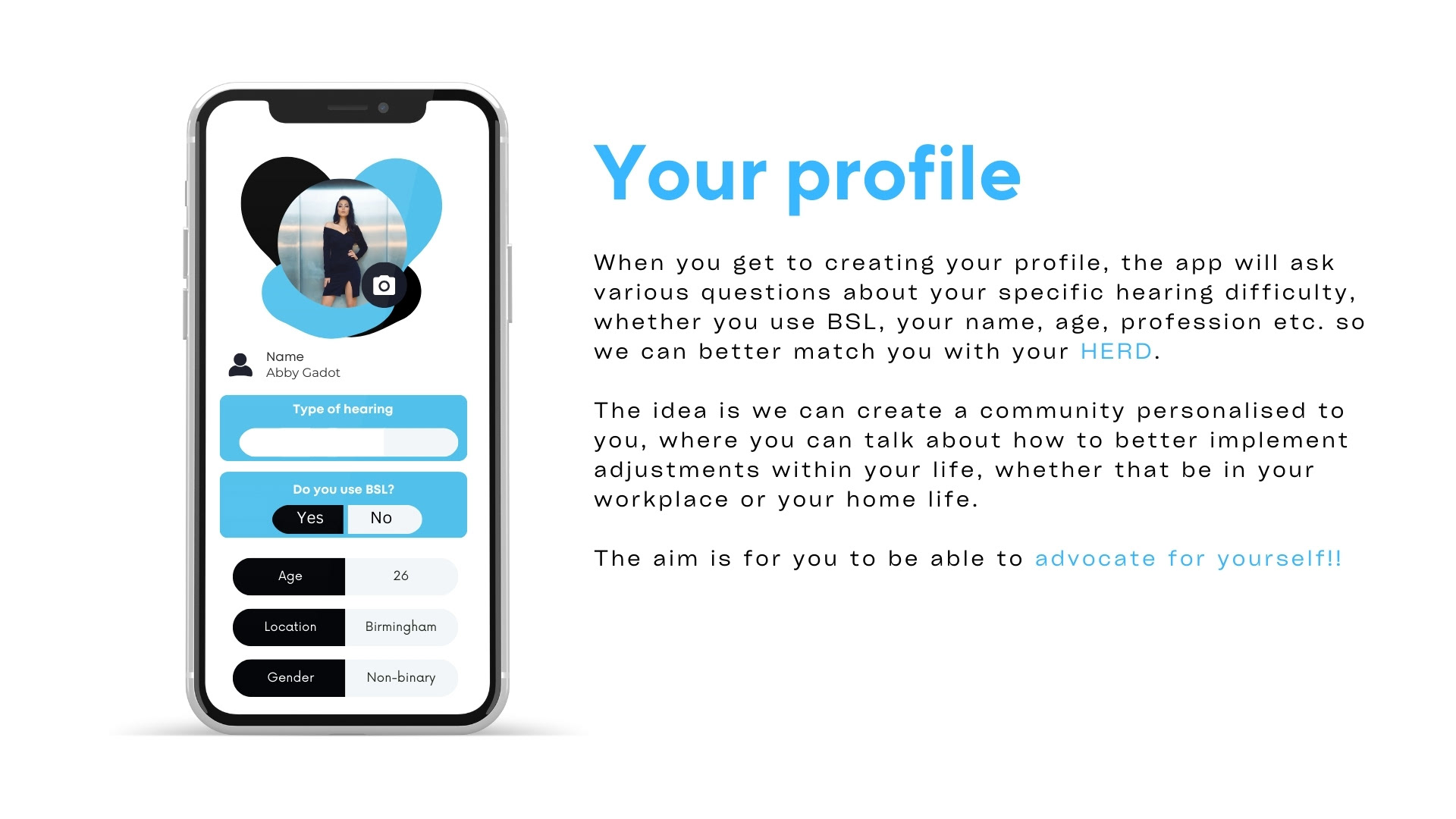
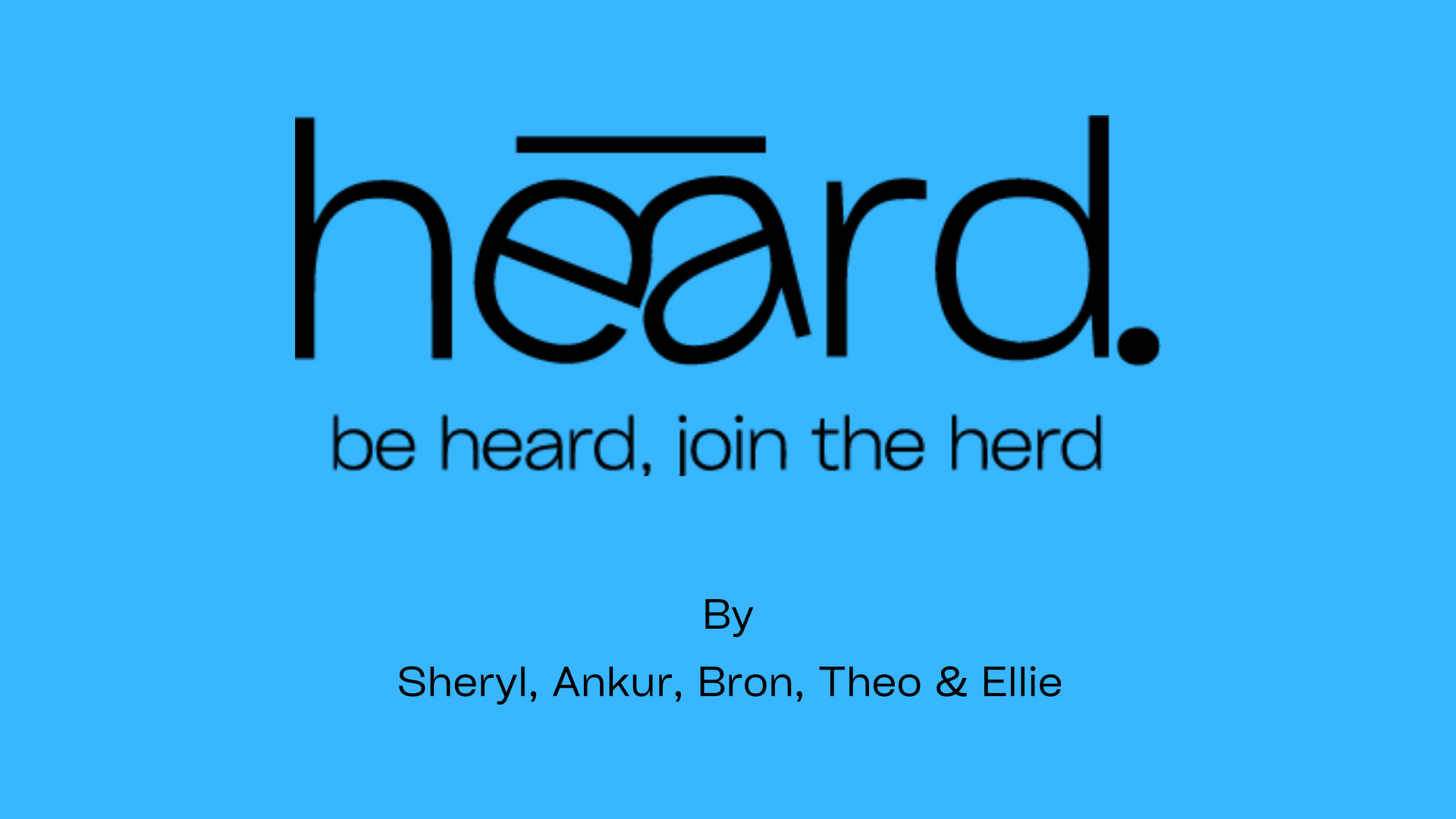
User-Centered Design and Difficult Human Stories
In the fifth week of our communication design module, we immersed ourselves in user-centered design challenges, tackling difficult human stories. We explored research tools such as IDEO’s Designkit and Gaver Dunne Pacenti’s Cultural Probes. The emphasis was on leaving behind pre-conceived ideas and understanding the challenges faced by individuals with invisible disabilities. A case in point was Nic Williams, dealing with conductive deafness. We delved into technological solutions like electronic notetakers and speech-to-text reporters.
Week 6: Reading Week
The sixth week served as a reading week, providing an opportunity for in-depth exploration and reflection on the concepts and challenges encountered in the preceding weeks. Did two literature reviews, one for a book called Sophie's World by Jostein Gaarder and another journal by Nicky Kemp.
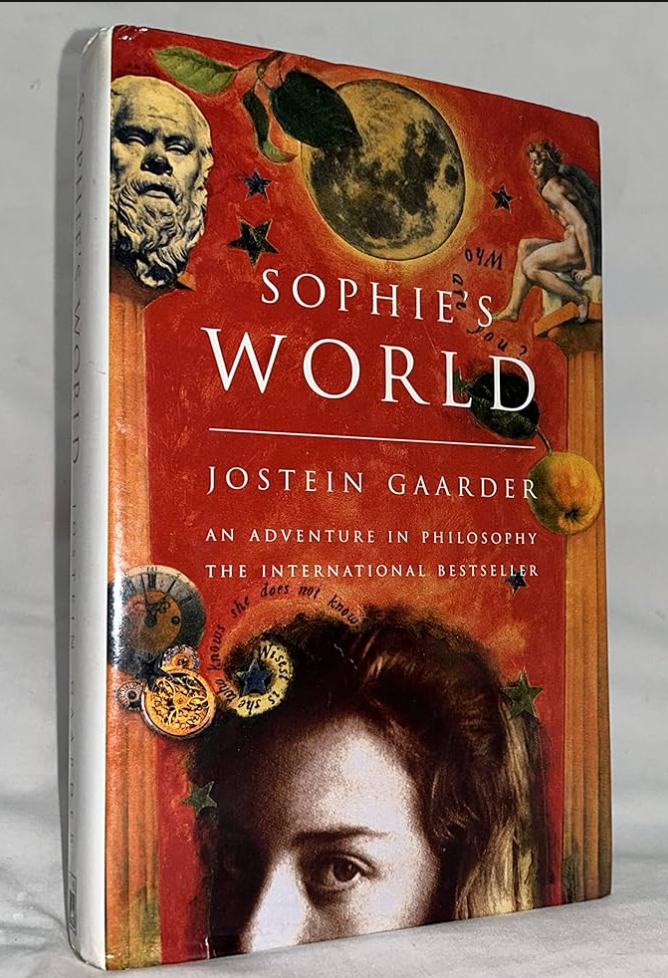
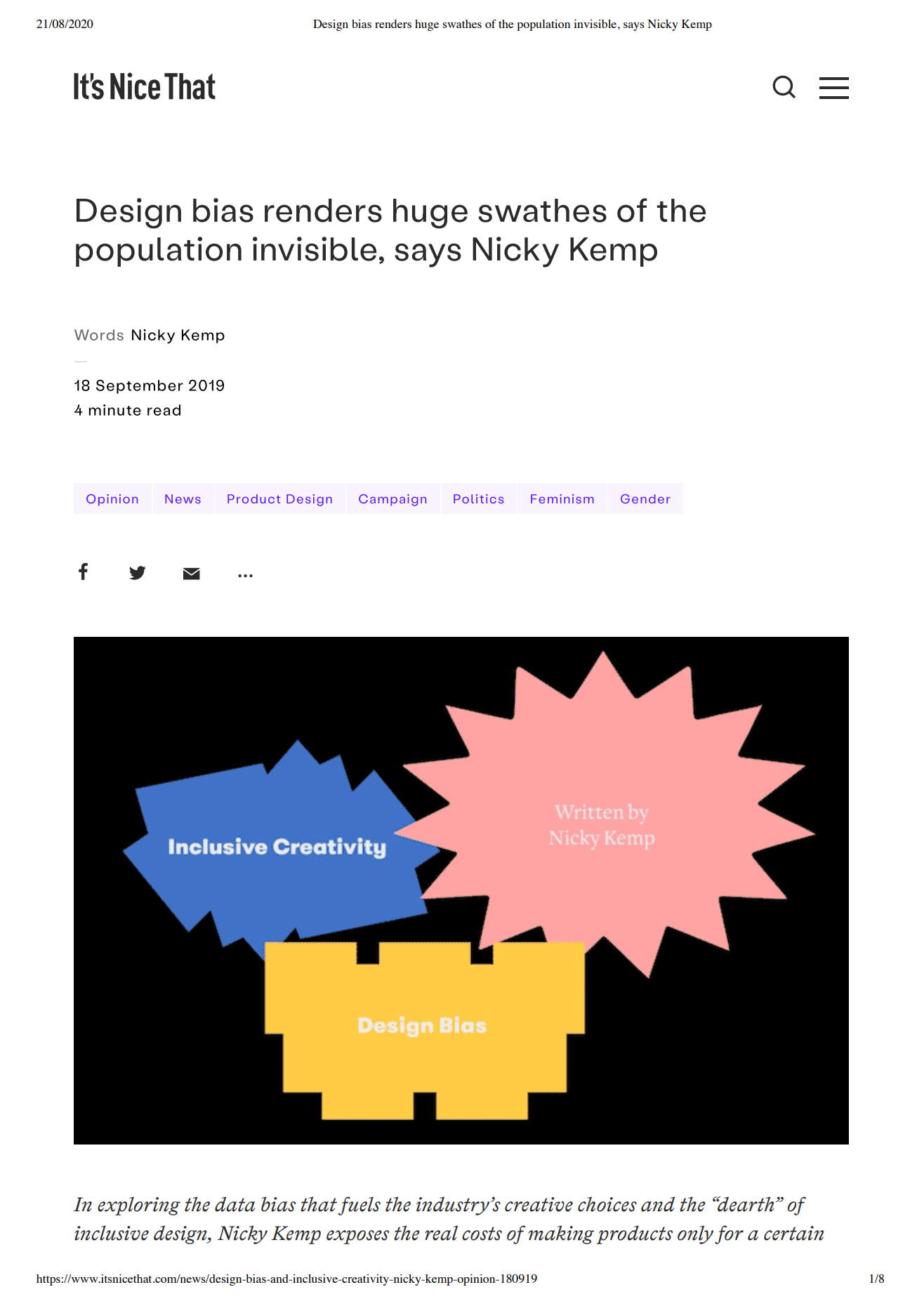
Week 7: Neo-Liberalism and Problem Mapping
Week 7 introduced us to the concept of Neo-liberalism and the exploration of boundaries within wicked problems. We engaged in mapping exercises to understand problems better, considering positive and negative aspects, definitions, conditions, and constraints. The session delved into identifying causes and consequences of problems, exploring different solutions and their impact. A practical mapping exercise focused on developing a tiffin services app for the age group of 18-28, addressing nutritional deficiencies among students and young working professionals.
Philosophical Perspectives
A philosophical exploration unfolded, encompassing scientific rationality, myth irrationality, Jung’s dual modes of thinking, and Ian McGilchrist's perspective on the right and left brain. Concepts of Chronos (linear time), Kairos (cyclic time), Aion (cosmic time), aesthetics, ethics, and the allegory of the cave were discussed. Money was viewed as a philosophical construct, and the connection between theology and philosophy was explored, referencing the teleological suspension of the ethical.
Week 8: Design for Social Change and Choice Architecture
In Week 8, we talked about making a positive impact on society through design. We focused on understanding people's feelings, figuring out the problem, coming up with ideas, creating prototypes, and testing them using the RSA SDA framework. We also looked into choice architecture, which explores the decisions we make without really thinking about them. We introduced the idea of praxeology, a study of how people choose and act, to highlight the thoughtfulness behind the choices we make.
Week 9: Relational Aesthetics
The ninth week brought our focus to relational aesthetics, exploring the dynamics of aesthetics within relationships. This phase extended our understanding of the intersection between design and human connections, prompting us to consider the aesthetic dimensions of our communication designs. The ongoing journey in our communication design master's program continues to weave theoretical insights with practical applications, fostering a comprehensive understanding of the multifaceted field.
Design Anthropology is a growing field that is becoming an independent discipline with its own style and unique approaches to creating knowledge. This is exemplified by the use of the woodworking technique called dovetail joints at Ironbridge. This technique is a tangible expression of the discipline's growing identity and its integration into different fields. Design Anthropology is carving out its own niche as a discipline, contributing valuable insights and methodologies to the broader landscape of academic inquiry. In Martin's lecture, he emphasizes its distinct style and evolving practices. Ethnography, with its immersive and participatory research methods, is an appealing research method for designers because it offers a rich source of inspiration and understanding. By studying human behavior, social dynamics, and cultural contexts, ethnography provides designers with a broader perspective that goes beyond mere aesthetics. In essence, Martin's lecture highlights the symbiotic relationship between ethnography and design. Design Anthropology is poised to grow and enrich our understanding of the intersection between culture, design, and human experience, impacting various industries and academic domains.
Penryn campus trip
